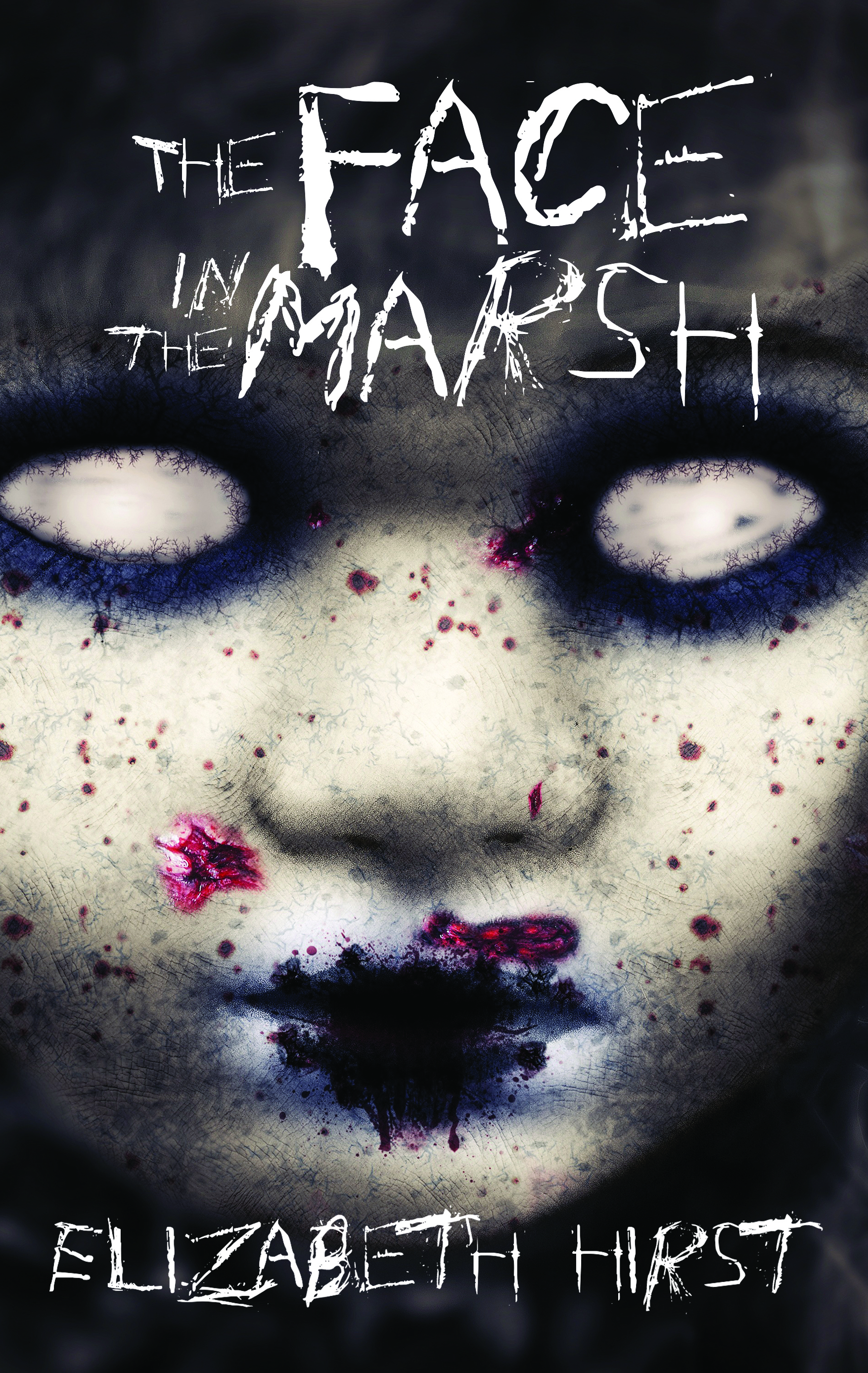This week on The Scariest Part, my guest is author Elizabeth Hirst, whose new novel is The Face in the Marsh. Here is the publisher’s description:
Kenzie is twenty-five, with two degrees and no job prospects. When her parents offer her a job curating their museum, Ettenby’s Log Palace, she accepts out of desperation, despite their history of family conflict. She arrives praying that her secrets will stay buried, and her hard-won mental health won’t relapse. Once at the Log Palace, Kenzie is fascinated by an unsettling collection of junk dolls found on the property. As she follows the thread left by the collection, she discovers a history of poltergeist activity, witchcraft and death on the small island housing the museum.
And now, let’s hear what the scariest part was for Elizabeth Hirst:
The Face in the Marsh started as a vivid nightmare, the kind that causes you to jolt awake in the middle of the night, heart racing, veins filled with pure lightning. I tell this story a lot when I’m at conventions, recounting how I saw and felt the museum, the staring of the carvings, the decaying little people made of pieces of discarded junk that crawl around under the surface of a still, lily-covered marsh. In my nightmare, I was there, living my main character Kenzie’s most terrifying moments. And yet, that wasn’t the scariest part.
Even in those early stages, I knew that the museum collection menacing Kenzie, the shack across the river, and the strange way that Kenzie could pop through reality like a cut in a film were only symptoms of something larger. Even in the nightmare, the carvings and the little mechanical people had only scared me because I knew there was something behind them, something animating them that was vast and empty and hungry. That emptiness is mirrored in Kenzie herself, and for a long time, it lived in me.
Like Kenzie, I am bisexual. I grew up in a rural area where even the offbeat straight kids had a hard time getting along, and where nobody understood people like me. When I realized my own sexual orientation, I searched for years for somebody, anybody that could act as a positive role model, who could show me that I could grow up to be the successful person that I always wanted to be. I found only criticism and misconceptions from the people that were supposed to look out for me.
Feeling like my only choice was to forget about being bi or to face a bleak future, I tried my hardest to forget. Doing so came with a price, and that price was a facelessness that dogged me in all aspects of my life. ‘Just be yourself’ was the cruellest and most confusing thing that anyone could say to me during that time of my life. They might as well have been saying, ‘Just step in front of that firing squad. You’ll be fine. They’ll love you.’ Deep down, I knew who I was, and I was thoroughly convinced that I was a monster. But I summoned my own monster, just as Kenzie did, and as I think we all do in different aspects of our lives.
The scariest part is that there is a monster out there that distorts our features until we can’t see our own face in the mirror. It slowly alienates us from everyone we love, until the bonds are so eroded that all we feel is emptiness. It isolates us from human emotion, as if we are trapped behind glass that no one else can see. It leeches away our sense of self-worth until we are just a hunk of colourless goo that might as well be anything else, some water or a goose or a few pieces of junk that rattle around at night. That monster is real, and it steals faces every day.
I tend to write stories from start to finish with characters and themes in place but no clear idea of what the end will be. I dive into the mystery in the same way that readers will, and much of the tension in my writing is derived from the fact that when I was writing it, I also did not know what would happen. I did not know if Kenzie would kill her parents or save them. I did not know if she would conquer the faceless void or surrender to it. Writing this book meant stepping out in front of that firing squad not knowing if the guns were loaded. It meant staring into the faceless void that destroys so many queer people, wading through it and finding out what happens.
Did I come out on the other side? You’ll only know if you read the book.
Sweet dreams.
The Face in the Marsh: Amazon / Barnes & Noble / Kobo / Chapters Indigo
Elizabeth Hirst: Website / Twitter
Elizabeth Hirst has loved fantastic fiction since her father read her The Lord of the Rings and other classics as a young girl. She has worked as an animator, online game writer and founder of her own small publishing label, and during that time, representing the people, places and culture of Ontario has remained close to her heart. Find her at the beach, the museum, or watching cartoons with her husband Robin.



[…] Read it here! […]